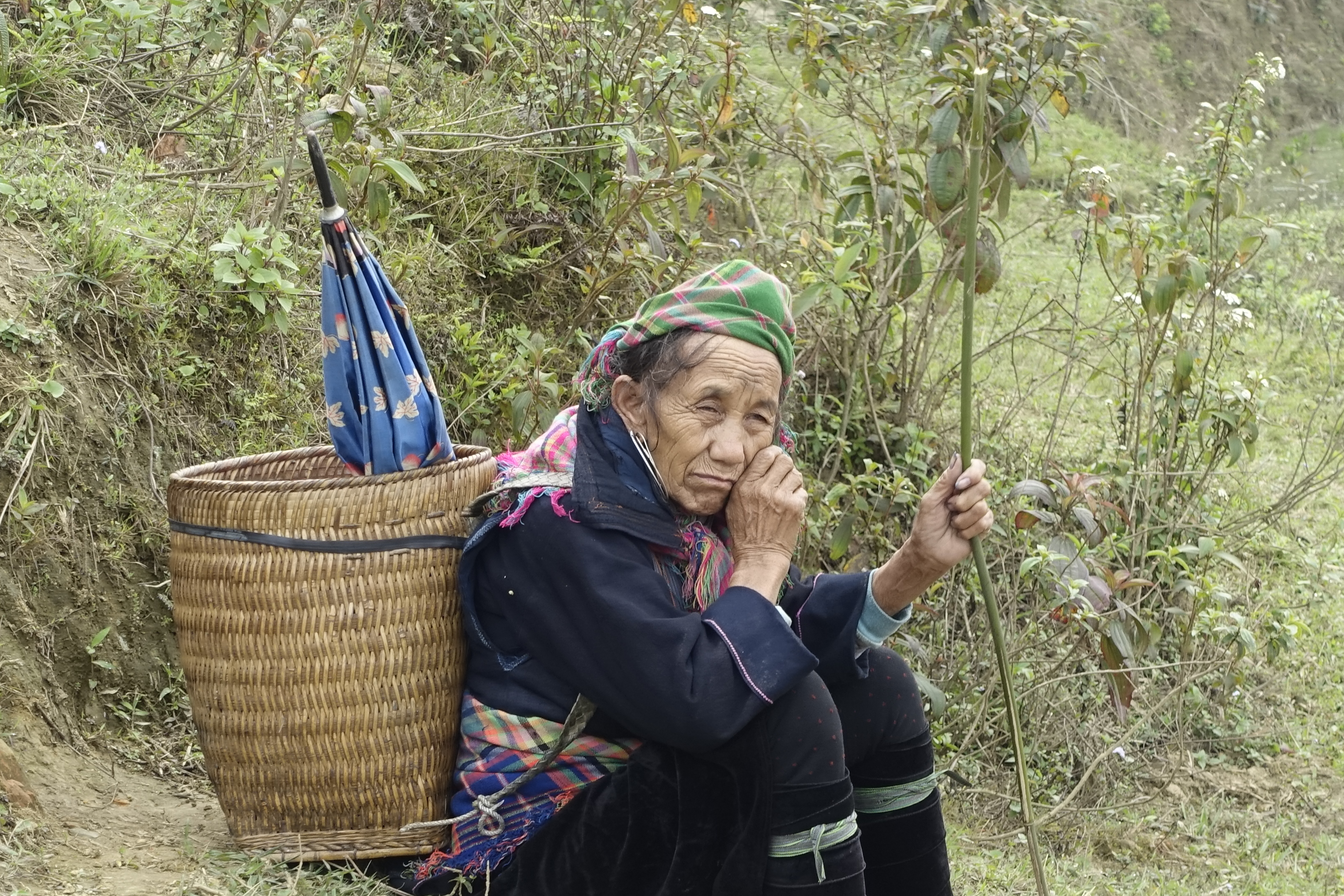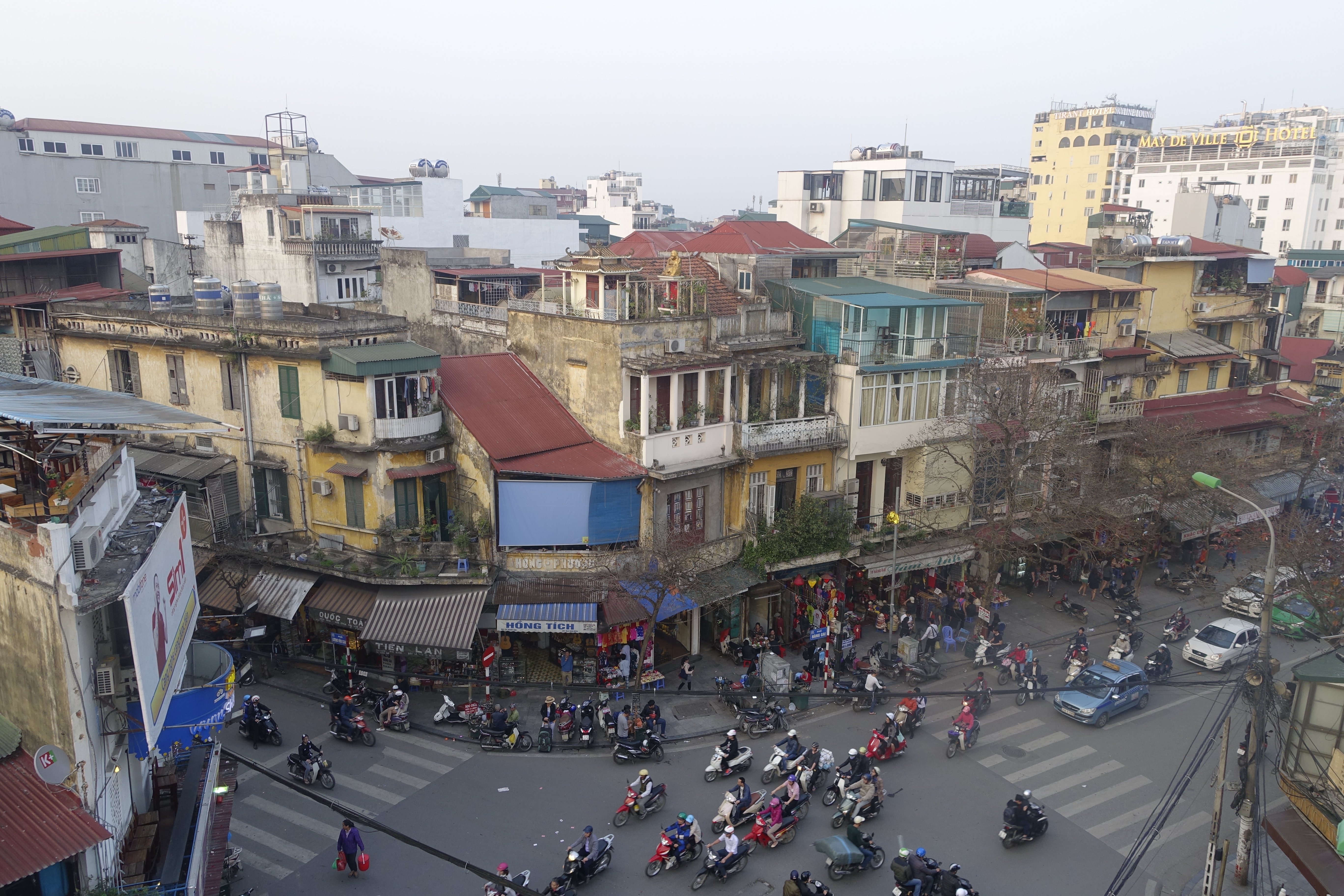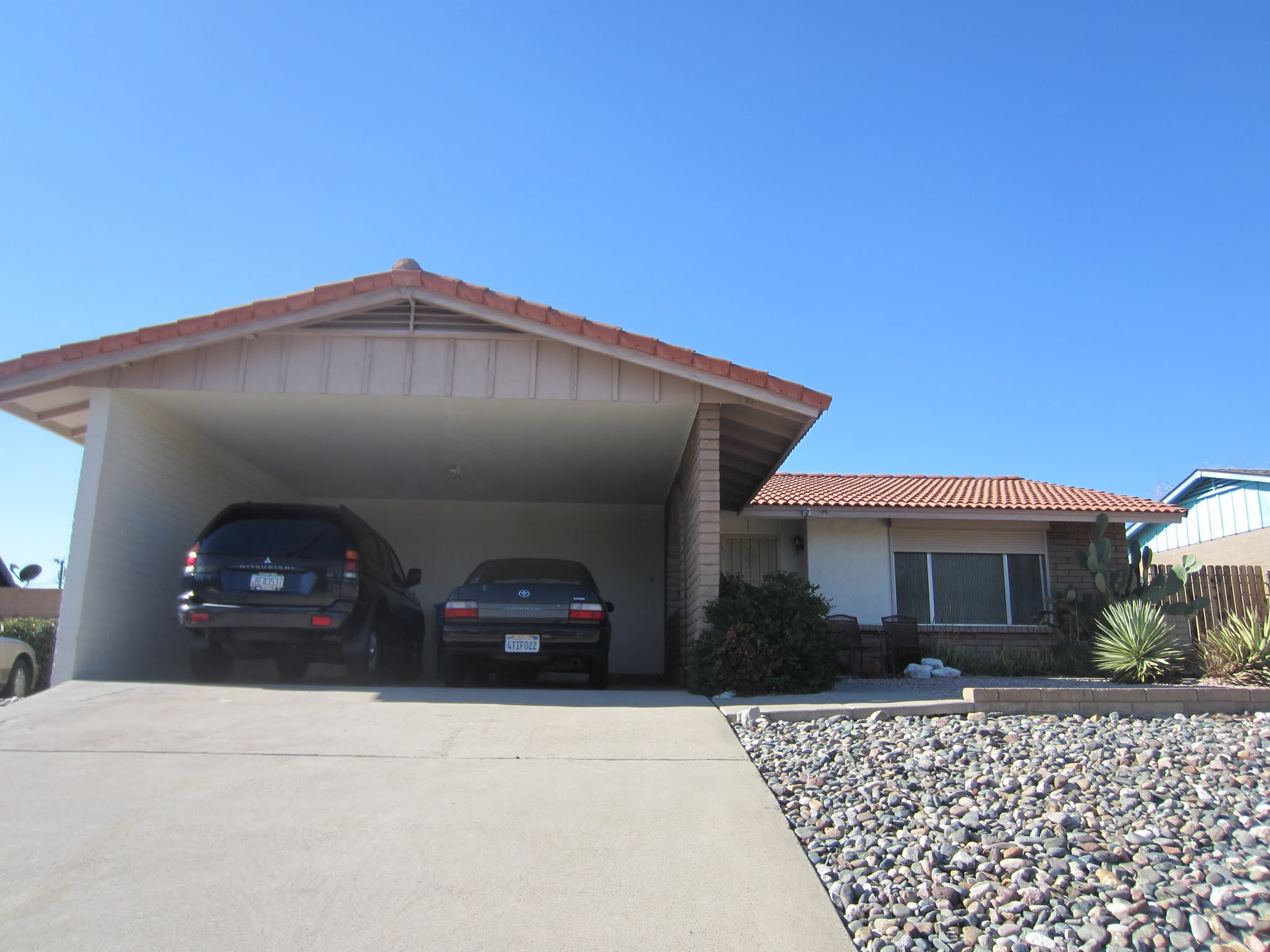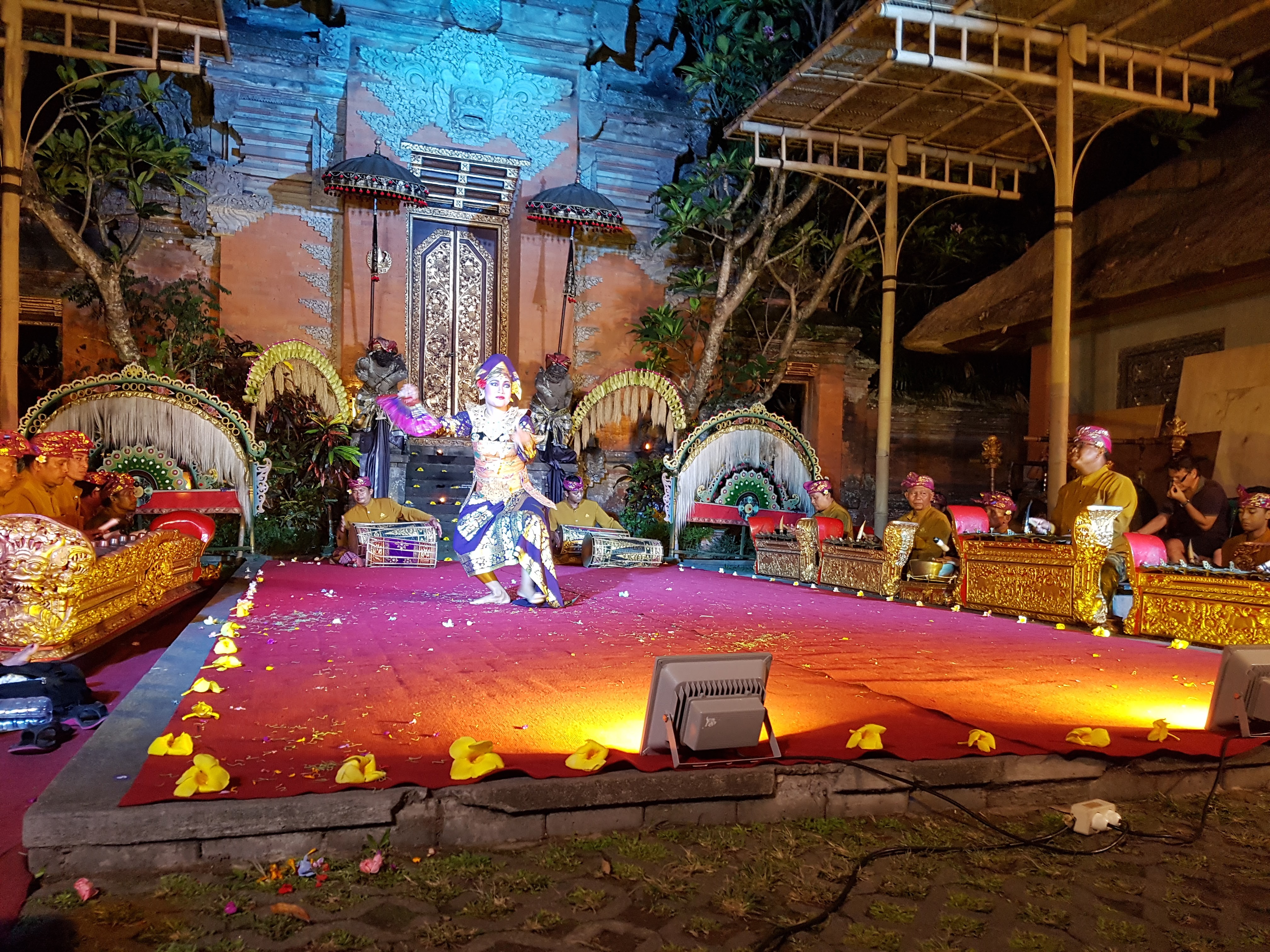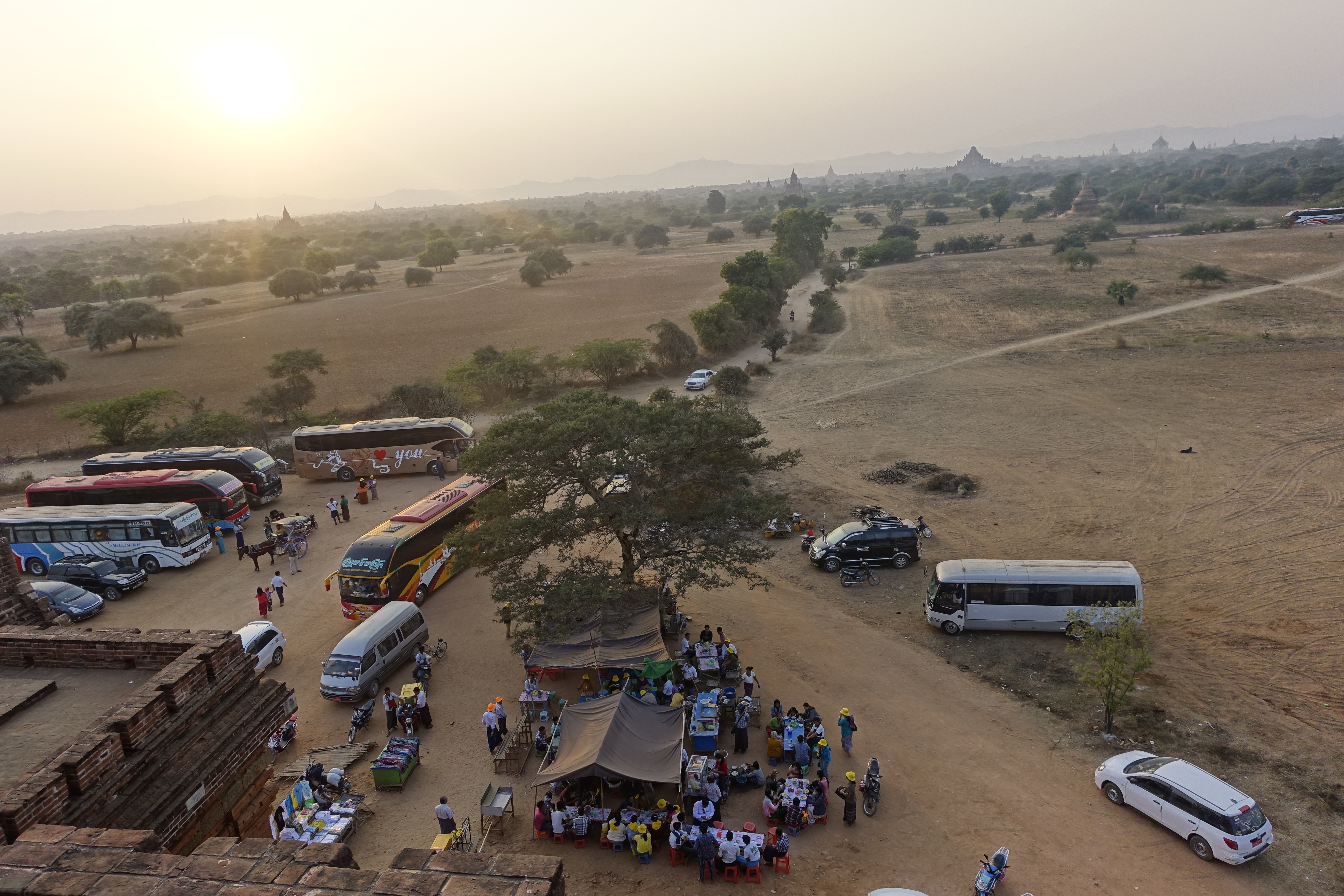Phoenix, Arizona, United States
Out beyond Hanoi are some of the most beautiful places in Southeast Asia: the dramatic karsts rising from the sea in Halong Bay, the mysterious grottoes of Ninh Binh, and the terraced rice fields of the Tonkinese Alps at Sapa.
Halong Bay (photos)
I had my doubts about Halong Bay. I’d been hearing about it since long before I left home, but by the time I got there, I’d already spent months traveling among the limestone karst mountains of Southeast Asia. I’d been in caves in Thailand and Malaysia and Myanmar, seen the peaks that loom over the Nam Ou River and Vangvieng in Laos. After all that, would Halong Bay live up to its reputation?
Yes.
Despite cloudy skies and choppy water, and despite a fair amount of trash that floats in on the currents, Halong Bay was breathtaking. Like Yosemite or Bryce Canyon, it’s one of those places where nature has carved rock into improbable shapes, dramatic even by the standards of Southeast Asian limestone karst. And because the tides undercut and erode the peaks, it sometimes seems as if these strange, upthrust islands are hovering just above the water.
I picked a tour operator recommended by the Lonely Planet and spent three days out in Halong Bay, staying two nights on a private island, where we gathered around a fire in the evenings. (There was also, alas, techno.) The water was choppy and there was heavy mist in the evenings and mornings, but that just deepened the feeling that I had wandered out of normal reality and into some mysterious edgeland. At night, from our island, we could see the lights of Cat Ba City — a small tourist town, really — blurred and fuzzed in the salt fog. During the day, we floated in among the folds and curves of the dozens of islands that make up this strange landscape, passing old fishing villages that the government hasn’t yet gotten around to dismantling. And on Cat Ba Island, which dominates the bay, we sailed into ports full of fishing boats and small paddle-driven transports steered by strong-armed women. As we made our way at last out of the bay and back to the mainland, I leaned on the weatherbeaten wooden dragon at the prow of our boat and wished I could stay a bit longer.
Grottoes and Lottos
Photos:
South of Hanoi is a dumpy little city called Ninh Binh, which is surrounded by some of Vietnam’s most spectacular scenery: karsts again, this time looming up out of riverine deltas and rice fields. Unlike Halong Bay, Ninh Binh isn’t all that popular with Western tourists, though I don’t know why. It’s lovely and it’s close to Hanoi. Still, most of the other tourists we saw were either Vietnamese or Chinese.
Extraordinary as the UNESCO World Heritage Trang An grottoes are, I think I liked the little-visited Van Long Nature Reserve even more. Parts of the new King Kong movie were filmed there, and you can see why. Shrouded in mist, spectacular limestone crags and cliffs loom over wetlands so still that you can see the whole landscape reflected in it, down to the reeds and river weeds, which form curious mirrored geometries as the light fades in the evening. That’s also the time when thousands upon thousands of cranes make their way back from wherever it is cranes go in the day, pause for a bit of after-work social time at one broad stand of trees, and then wheel off in V-formation toward their dwellings on the cliffs.
On our boat tour of the Trang An grottoes, we learned about the curious system by which the boat business is managed. There are hundreds of identical metal rowboats lined up at the entrance to the complex, but none of the touts you’d expect at such a place.
Instead, the boats run on a kind of lottery system. Each household in the surrounding villages gets a number, and when your number is close to coming up, your household can send someone — usually an older woman — to wait for tourists and earn some extra income. If you’re lucky, you’ll arrive on a day with plenty of tourists and go out right away; if you’re not, you could have to arrive at dawn to make sure you don’t miss an early-arriving bus. Miss your turn, and you might have to wait three or four weeks for another shot. The money earned from a tour isn’t much, but supposedly each family brings in more cash than they used to when they were doing subsistence farming on what is now parkland. (Something similar was in effect at the Van Long Nature Reserve as well, though there the government hadn’t provided the boats, so the women were tasked with rowing tourists about in bamboo boats lined with concrete, which are much heavier.)
The village lottery system for boat tours is a kind of obscure, small-scale, local communism that’s still around. Indeed, it was put in place recently, long after Vietnam as a whole went over to a capitalist economy with private ownership. I don’t know enough to say whether it works or not. Do the households really get more income than they used to? Is there a black market for lottery slots? Is it unfair to people who happen to be from the wrong village, and are thus left out of the spoils? Still, it’s an interesting example of collective ownership of a shared resource. And from a tourist’s point of view, it’s a relief not to be assaulted by a mob of screaming touts, which I assume is a pretty grim experience for the touts too. In the Ninh Binh system, everyone gets a turn.
Fog and Hmong (photos)
In Sapa, not everyone gets a turn.
Sapa, 1500 meters up in the Tonkinese Alps northeast of Hanoi, is famous for spectacular views of terraced rice fields, and for the dense fog that blocks the view. If, as I did, you grew up in or around San Francisco, you’re familiar with this kind of fog. It’s thick, almost tactile. Its tendrils crawl in among the folds of the landscape, and suddenly you find yourself wrapped in a thick blanket that obscures everything that’s not right in front of you.
When it broke, though, the views down the mountainsides were extraordinary, especially when you gave a thought to how much work it must have taken to carve whole mountains into terraces, and to maintain those terraces year after year. The people who do it are the Hmong, and they do it to grow rice for themselves. It’s subsistence farming as tourist attraction, and it fuels a whole small city of hotels, craft shops, restaurants, tour operators, motorbike rentals. Not one of those shops is owned by Hmong, at least according to one of my Hmong trekking guides (in this case, the trekking was nothing more than day hikes to local villages). The shops are all Vietnamese-owned. For the Hmong, the only cash income is from selling handicrafts in the villages or on the streets of Sapa, leading tours, or hosting homestays. That’s why Sapa was the only place in Vietnam where there were touts: a rush of women in tribal garb offering tours and lodging from the moment we stepped off the bus.
There’s a history of distrust between the Hmong and the Vietnamese. During the Vietnam War, the United States recruited Hmong to fight Vietnamese forces that were invading Laos, in what’s known as the Secret War. After the war, many Hmong fled to Thailand and the United States. Those who remained in Vietnam and Laos still face discrimination. A Lao tour guide told me a story about another guide who’d accidentally run over a Hmong woman’s chicken. He brought the chicken to the woman and asked, “Is this your chicken?” “No,” the woman supposedly replied, “my chicken is not flat.” The point of the story was that Hmong aren’t good at rational thinking.
I asked my guide whether life had improved for the Hmong in the past twenty years, and she allowed that it had. They go to school now, and can speak and read Vietnamese as well as Hmong. But going to university is nearly impossible, and so is going to a city like Hanoi to get a job, because you need “walking around money” just to survive, and the Hmong don’t have it.
On my last day, I rented a motorbike and hit the highway, cruising up over Tram Ton Pass, at 1900 meters. On the far side, the fog gives way to heat rising from the lowlands below, and the road begins to descend rapidly. Short on time and unsure how much my motorbike could handle, I turned back. I climbed up to a viewpoint where the winds were so fierce that I could barely stand, then made my way back down and rode again into town.

